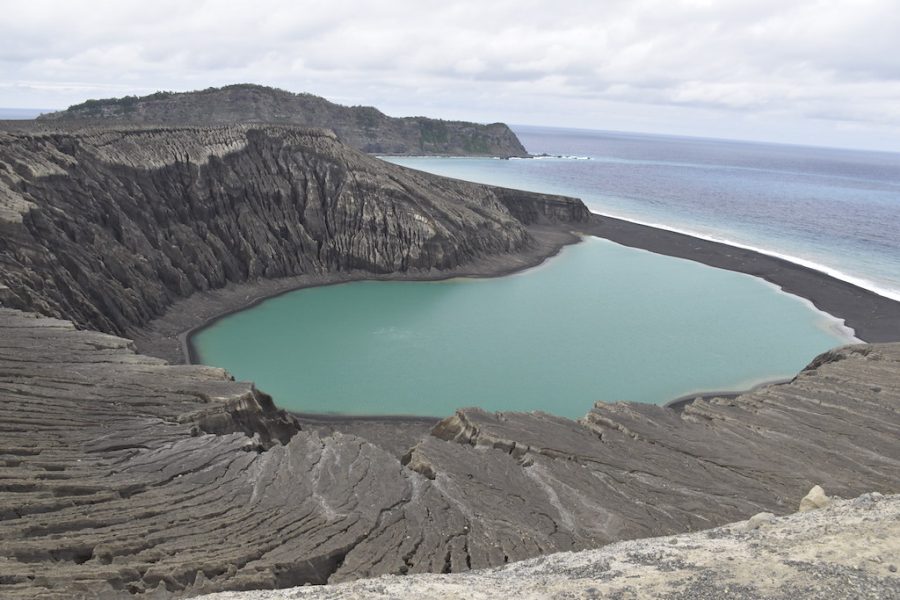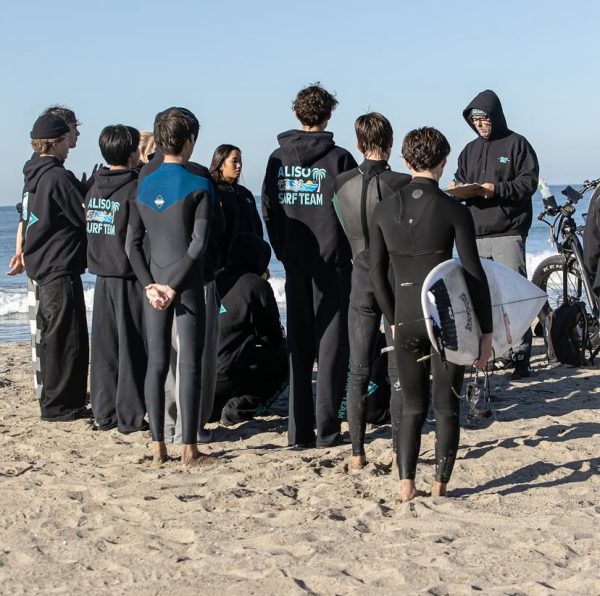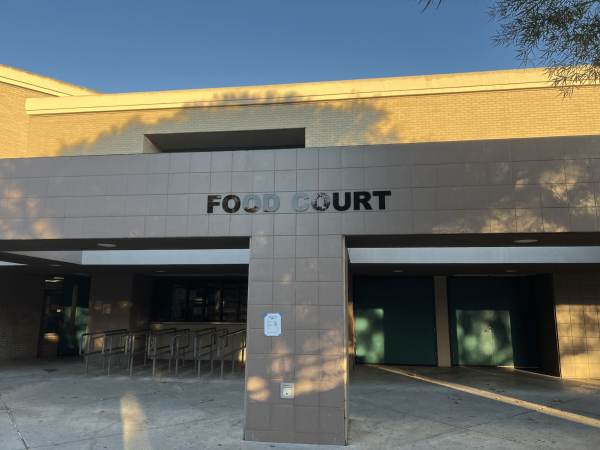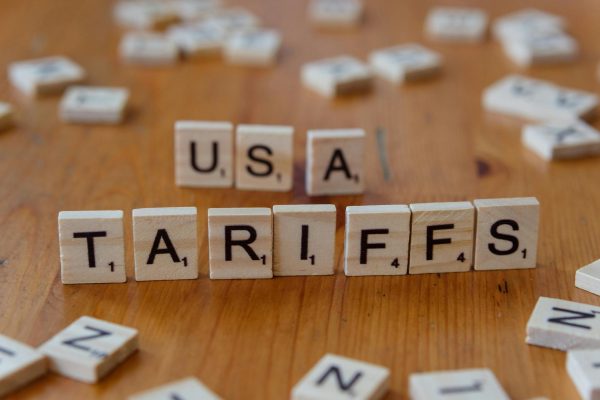Tonga-Hunga Volcano Eruption
A volcano, Hunga Tonga-Hunga Ha’apai, erupted on Saturday, Jan. 15. This eruption sent tsunami waves to hit the islands of the Kingdom of Tonga, Japan, Hawaii, and along the West Coast of the United States. It is the largest recorded eruption in thirty years. Communication had been cut off and there were difficulties with New Zealand determining the extent of the damage.
“Communication with Tonga remains very limited. And I know that is causing a huge amount of anxiety for the Tongan community here,” The Prime Minister of New Zealand, Jacinda Ardern, said.
The tsunami did greatly affect Tonga’s capital, Nuku’alofa, where their coast was flooded and thickly covered by ashes from the volcano. People were urged to wear masks and drink bottled water, as their water has been contaminated by the ashes.
According to NASA, the volcanic eruption was hundreds of times more powerful than the Hiroshima atomic bomb.
There have been three confirmed deaths at the time of Jan. 27. According to the Office for the Coordination of Humanitarian Affairs (OCHA), around 100 houses have been damaged and 50 completely destroyed on the main island.
On Jan. 27, a 6.2 magnitude earthquake hit Tonga. Luckily, there has been no damage.
Aid from Australia and New Zealand finally arrived in Tonga on Jan. 20. The World Health Organization (WHO) decided not to send international aid due to the risks of COVID-19 spreading to Tonga (only one case was reported in Tonga).
“We have lots of natural disasters in this part of the world and you don’t want to have to deal with multiple emergencies at the same time, if that can be avoided,” WHO’s Pacific COVID-19 Incident manager, Sean Casey, stated.
However, WHO is planning to send satellite phones, materials to rebuild houses, and water sanitation equipment.
The volcanic eruption not only affected Tonga, there were effects in Japan and the West Coast of the United States.
According to NHK, Japan’s public broadcaster, the Japan’s Meteorological Agency released a tsunami advisory for the coastal areas of Japan on Jan. 16. There were waves in Iwate as high as nine feet. Luckily, there has been no damage reported and the advisory was soon lifted.
In Hawaii, there were waves about three feet tall. In fact, they were one of the first locations to feel the effects of the eruption.
“We are relieved that there is no reported damage and only minor flooding throughout the islands,” the Pacific Tsunami Warning Center said.
A coastal tsunami advisory was issued in California, Oregon, Washington and Alaska. The advisory was lifted by the early morning of Jan. 16. The highest wave reported in the United States was 4.3 feet at Port San Luis, California. Most beaches had been cleared and evacuated to prevent any dangers.

Kiara is a senior at Aliso Niguel High School and this is her third year writing for the Growling Wolverine. She is excited to be part of the school newspaper...









